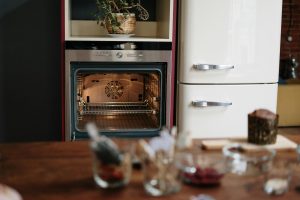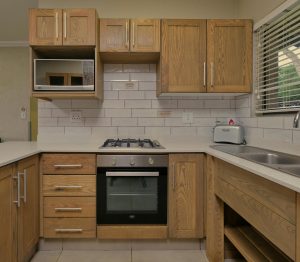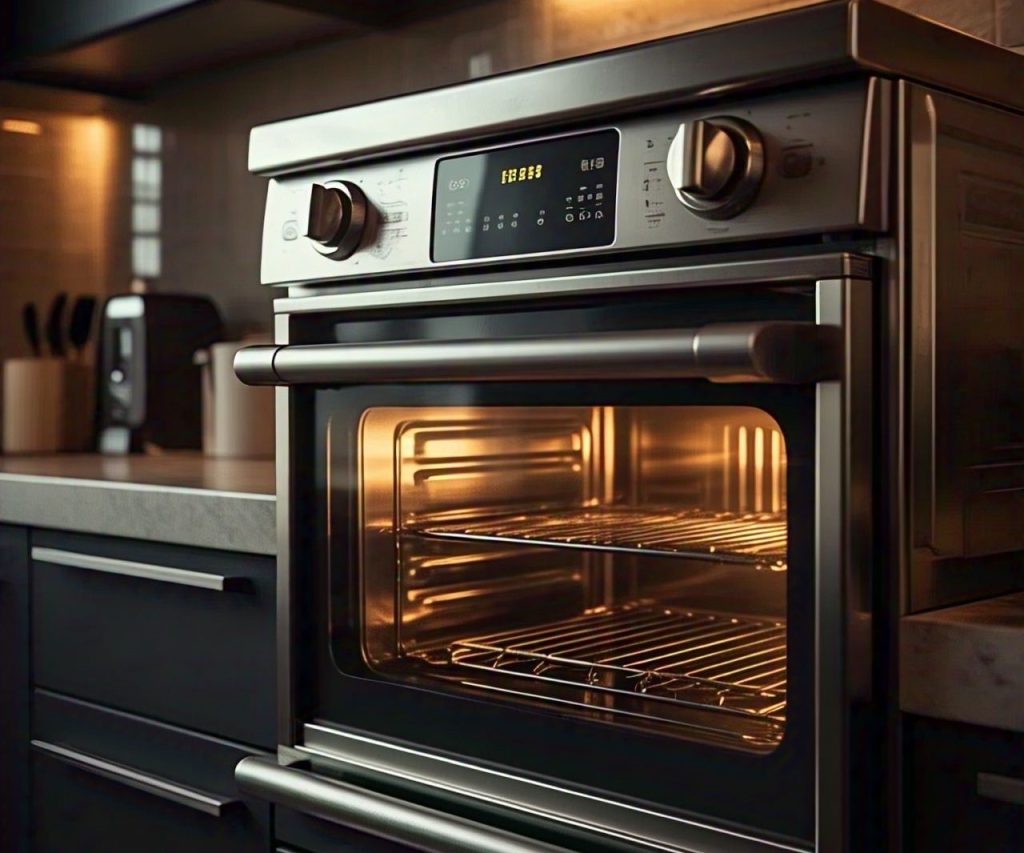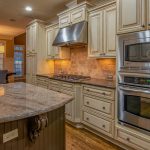Introduction
Besides its use for domestic heating, in winter people may rest on top of the oven to keep warm.
The oven is also used for cooking, such as baking pancakes or pies. The porridge or the
pancakes prepared in such an oven may vary in taste from the same meal prepared on a modern
stove or range. The process of cooking in the Russian oven can be called “languor” — holding dishes for a long period at a steady temperature. Upgrade your culinary experience with 2025’s most innovative oven doors, engineered to revolutionize precision, efficiency, and style in modern kitchens. Designed for home chefs and baking enthusiasts, these cutting-edge oven doors blend advanced technology, sleek aesthetics, and user-centric features to deliver unmatched performance. Foods that are believed to have a typical character from being prepared in a Russian oven include baked milk, pasta candies, mushrooms cooked in sour cream, and even a simple potato. Bread is put in and taken out from the ovens apply a special wooden paddle on a long shank. Cast iron pots with soup or milk are removed with a two-pronged metal stick. Microwaves are electromagnetic gestures. Their regularity (wavelengths) are in the scale.
. Regarding oven wavelengths as typical structural dimensions, one notices that microwaves do not
have dimensions of, as might be looked for from
the mock ‘micro’ in their name. Following
the international accord, microwave ovens at
home.An oven is an essential appliance in both household and commercial kitchens, designed for heating, baking, roasting, or drying food. Typically enclosed and insulated, ovens generate and maintain consistent heat through various energy sources, such as gas, electricity, or even wood. Modern ovens come in diverse types, including conventional, convection, microwave, and combination models, each suited to specific cooking needs. Convection ovens, for example, use fans to circulate hot air, ensuring faster and more even cooking, while traditional models rely on radiant heat. Advanced features like digital controls, programmable timers, and smart connectivity enhance convenience and precision. Beyond culinary applications, industrial ovens are used in manufacturing processes like ceramics, metallurgy, and chemical treatment. Energy efficiency and safety features, such as automatic shut-off and child locks, are increasingly prioritized in contemporary designs. Whether crafting artisanal bread, roasting vegetables, or reheating leftovers, ovens remain indispensable tools for transforming raw ingredients into nourishing, flavorful meals. Modern ovens are marvels of versatility. Conventional ovens rely on heating elements (electric coils or gas flames) to radiate heat, ideal for slow-roasting meats or baking delicate pastries. Convection ovens, equipped with fans, distribute heat evenly, slashing cooking times and perfecting crispy textures—think golden roasted poultry or flaky pastries. Microwave ovens, though not traditional “ovens,” use electromagnetic waves to agitate water molecules, excelling at rapid reheating. Hybrid models, like speed ovens, merge convection and microwave technologies for precision and efficiency.
Types of Oven

Electromagnetic
waves may be absorbed by
matter in many ovens different ways hang on their
wavelength and the shape of the matter oven .Free atoms and molecules usually soak up
ultraviolet (UV) by the fervor of electrons whereas
in the actinic ray, the excitation of molecular vibrations
and/or rotations dominate oven .Free and unstirring
turn cannot happen in liquid water due to
the interactions with neighboring molecules but
solids and liquids may soak up
microwaves. Innovation continues to redefine ovens. Smart ovens now integrate Wi-Fi and AI, allowing remote control via apps, voice commands, or pre-programmed recipes—imagine a oven that preheats as you commute home. Steam ovens, popular in professional kitchens, preserve nutrients and moisture in vegetables or fish, while pizza ovens (wood-fired or electric) achieve blistering 900°F (482°C) temps for charred, Neapolitan-style crusts. Sustainability drives advancements, too: induction ovens minimize energy waste, and solar-powered designs emerge in off-grid communities.
In low-frequency
electric fields, the antenna
easily follows the changes in the field, and their
attitude changes in phase with the field of oven .Finally, at a very high number
(1–10 THz) the molecules can no longer reply to
the oven electric field.
Main Theme Features of Oven

It is still much faster to others oven defrost food in
a microwave than to go from it in the air at room
heat oven. The oven is periodically turned on gas oven electric oven solar oven
for short periods and then off for a longer time
gap . If by chance, some ice has melted at
some speck, the liquid water will be heated in the ‘on-phase’. In 2025, oven door designs have evolved to blend functionality with modern aesthetics, enhancing both the user experience and kitchen appeal. Culturally, ovens are culinary cornerstones. The Middle Eastern tandoor bakes naan and kebabs in searing clay chambers; Japanese kamado grills infuse smoky flavors; and Mexican horno ovens slow-cook barbacoa. Home bakers cherish Dutch ovens for artisanal sourdough, while sous-vide enthusiasts pair precision ovens with vacuum-sealed ingredients. Safety and efficiency remain priorities. Features like cool-touch doors, automatic shut-off, and child locks mitigate risks, while ENERGY STAR-certified models reduce carbon footprints.
Advantages and Disadvantages

Positive Effects:
- Efficiency and Speed: Modern ovens cook food faster than traditional methods (e.g., open flames), saving time.
- Versatility: Enable diverse cooking techniques (baking, roasting, broiling) for varied meal preparation.
- Consistent Results: Maintain steady of temperatures for even cooking, crucial for precision-based dishes like bread or soufflés.
- Safety Features: Automatic shut-off, child locks, and insulated designs reduce risks compared to open flames.
- Nutrient Retention: Methods like roasting preserve more nutrients compared to boiling.
- Energy Efficiency: Convection ovens circulate heat, reducing cooking time and energy use.
- Cultural Impact: Facilitate baking traditions and global cuisines, enriching culinary practices.
Negative Effects:
- High Energy Consumption: Older models consume significant electricity/gas, increasing costs and environmental footprint.
- Fire Hazards: Improper use (e.g., grease buildup, flammable items nearby) can lead to fires.
- Health Risks:
- Indoor Air Quality: Gas ovens may emit carbon monoxide if poorly ventilated.
- Harmful Compounds: High-temperature in kitchen cooking can produce acrylamide in starchy foods.
- Physical Hazards: Burn risks from hot surfaces or door glass.
- Cost and Space: High purchase/maintenance costs and large spatial requirements challenge small kitchens/budgets.
- Environmental Impact: Reliance on fossil fuels (electric grids or natural gas) contributes to carbon emissions.
- Convenience Trade-offs: Over-reliance on processed frozen meals, potentially affecting health.
- Cleaning Challenges: Spills require effort; self-cleaning modes use excessive energy. Conclusion: Oven offer significant benefits in cooking efficiency and versatility but require mindful use to mitigate health, safety, and environmental drawbacks. Balancing modern convenience with traditional methods and energy-conscious practices can optimize their utility.
Conclusion.
In 2025, oven door designs have evolved to blend functionality with modern aesthetics, enhancing both the user experience and kitchen appeal.


